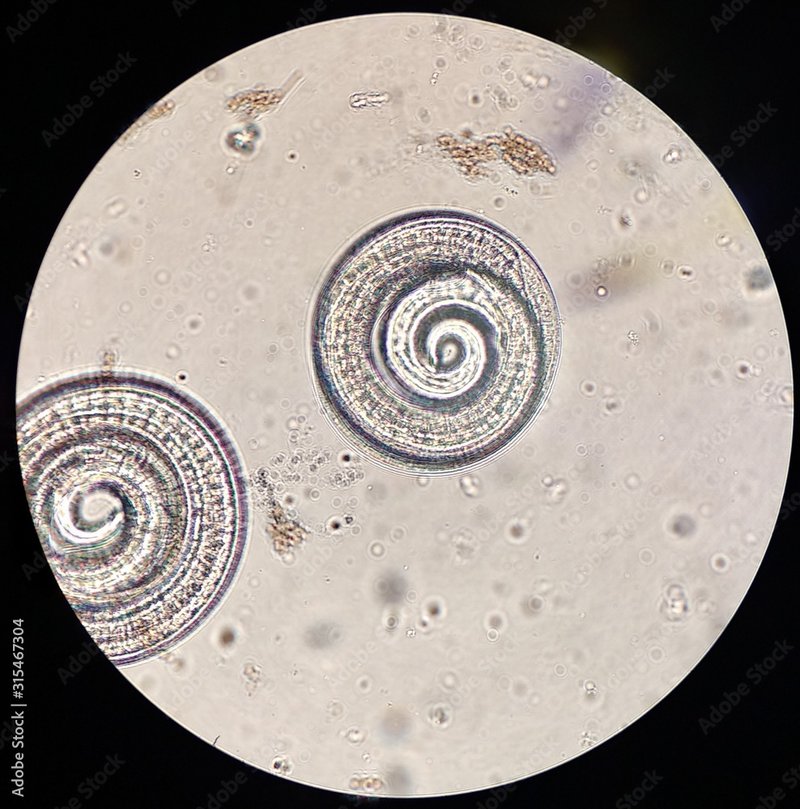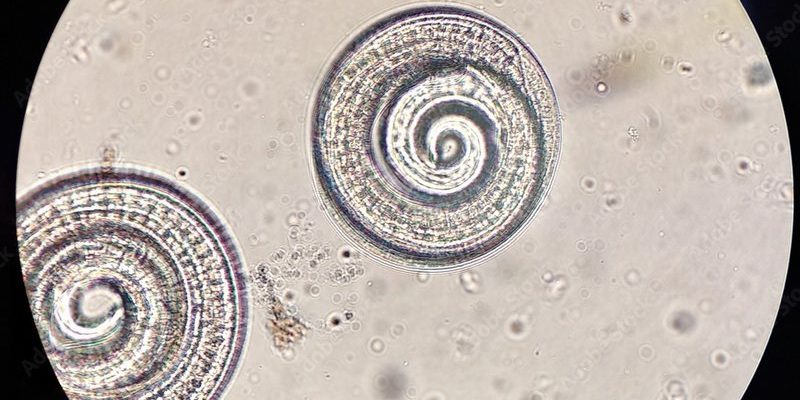
Field cameras serve as our eyes and ears in these pursuits—capturing moments we might otherwise miss. Think of them as the behind-the-scenes crew in nature documentaries, working 24/7, with no coffee breaks. These cameras help researchers document how *Trichinella spiralis* interact with their environments and hosts, revealing insights crucial for both science and public health investigations.
What is Trichinella Spiralis?
To get started, let’s dig a little deeper into what *Trichinella spiralis* actually is. This roundworm is known for causing trichinosis, a disease that can emerge when humans eat undercooked meat infected with the larvae of this parasite. It might seem terrifying, but understanding its life cycle is essential for tackling trichinosis outbreaks.
The life cycle of *Trichinella spiralis* starts with its larvae being released in the stomach of a host, like a pig or a bear. Here’s where it gets interesting: these larvae penetrate the host’s intestinal wall, where they grow into adult worms. After mating, the females produce more larvae that migrate through the bloodstream, settling in muscle tissue. This whole process can be likened to a surprise party that no one signed up for—invited guests who turn out to be a bunch of unwelcomed parasites.
Understanding their behavior requires careful observation, and that’s where field cameras come in handy. By strategically placing these cameras in environments where *Trichinella* may thrive, scientists can document various interactions in real-time, providing valuable data about their lifecycle and transmission patterns.
Using Field Cameras: The Basics
So, how do field cameras work? They’re designed to capture images or videos triggered by motion. You might think of them like your smartphone camera, but much heartier and meant for outdoor conditions. They’re perfectly equipped to withstand rain, snow, and whatever else Mother Nature throws at them.
When researchers set up these cameras, they typically choose locations that are high-traffic areas for wildlife. For example, they might place them near food sources or watering holes where animals are likely to congregate. Here’s the thing: the motion sensors in these cameras ensure they only document movement, which saves battery life and storage space. Typically, they’re paired with IR (infrared) technology, enabling them to shoot even in low-light conditions.
Field cameras come in various models and price ranges, often with features like time-lapse photography or the ability to sync with smartphones for easy viewing. This means researchers can access footage on the go, making it super convenient to track the behavior of *Trichinella spiralis* in real time.
Documenting Behavior: Why It Matters
You might be wondering, “Why go through all this trouble just to watch a parasite?” Well, documenting the behavior of *Trichinella spiralis* serves multiple purposes:
1. Public Health Awareness: By understanding how this parasite spreads, researchers can better inform the public about risks associated with consuming undercooked meats. It’s like sharing a public service announcement about food safety.
2. Wildlife Management: Tracking the host animals that carry *Trichinella* helps wildlife managers control the populations of these animals, ultimately reducing potential outbreaks in humans. Think of it as a preventive strategy that benefits both nature and human health.
3. Scientific Knowledge: Each piece of data gathered contributes to a larger puzzle. By piecing together how *Trichinella spiralis* interacts with its environment, researchers help advance scientific understanding, leading to new discoveries about parasitic life cycles and their ecological roles.
As you can see, documenting this behavior isn’t just a matter of curiosity; it’s about protecting public health and advancing science.
Challenges of Using Field Cameras
While field cameras are incredibly useful, they don’t come without their challenges. For starters, setting them up correctly can be a bit tricky. You might think you can just slap a camera on a tree and call it a day, but not so fast!
Selecting the right location is crucial. If a camera is poorly positioned, it might miss the very animals researchers are hoping to observe. Environmental factors play a role too—snow, rain, or even wind might obstruct views or trigger false motion alerts.
Another challenge is the potential for human interference. Animals can sometimes be spooked by the presence of cameras, impacting their natural behavior. The goal is to document their actions as naturally as possible, so minimizing human presence and interference is key.
Despite these challenges, researchers can overcome them with careful planning and strategic placement. With a little patience, the footage gathered can yield fascinating insights.
Innovative Techniques and Technologies
As technology advances, so do the capabilities of field cameras. Many models now come equipped with features that enhance their functionality and ease of use. For example, some cameras can easily sync with your smartphone or computer, allowing researchers to view what’s captured immediately.
There are also models equipped with high-resolution video capabilities. Imagine being able to watch *Trichinella spiralis* larvae in action, moving stealthily through their environment. It’s a whole new level of discovery that can provide insights previously unseen.
Additionally, some field cameras have built-in battery management systems that optimize energy use and extend battery life. This is crucial when conducting long-term studies in remote locations, ensuring that cameras don’t run out of juice just when the action starts.
Keeping an eye on innovative features means researchers can choose the right tools for their purposes, maximizing their chances of gathering useful data.
Case Studies in Action
Looking at real-world applications helps illustrate the value of documenting *Trichinella spiralis* behavior with field cameras. For instance, researchers may set a camera near a population of wild boars, known carriers of this parasite. By observing their movements, the team can document how often these animals forage in certain areas or interact with one another.
Let’s say a researcher discovers that these boars frequently return to the same feeding ground after rainfall. That pattern might imply a higher likelihood of *Trichinella* larvae in that area, providing essential data for further investigation.
By analyzing these patterns, scientists can devise strategies for controlling and informing the public about trichinosis risks in that region. Such findings are crucial, particularly in parts of the world where wildlife and human populations invade each other’s spaces more frequently.
These case studies help frame the ongoing narrative about *Trichinella spiralis*, bringing together both human and animal health.
Documenting the behavior of *Trichinella spiralis* using field cameras is like piecing together a beautifully intricate puzzle. Each bit of data reveals more about this tiny parasite and its interactions with larger hosts. From enhancing public health awareness to improving wildlife management, the insights gained from these observations are invaluable.
So the next time you hear about a field camera snapping pictures in the wild, remember that it isn’t merely about capturing pretty images. It’s about uncovering stories that can protect people and animals alike. By embracing technology and using it wisely, researchers bring crucial issues to light, one frame at a time.

